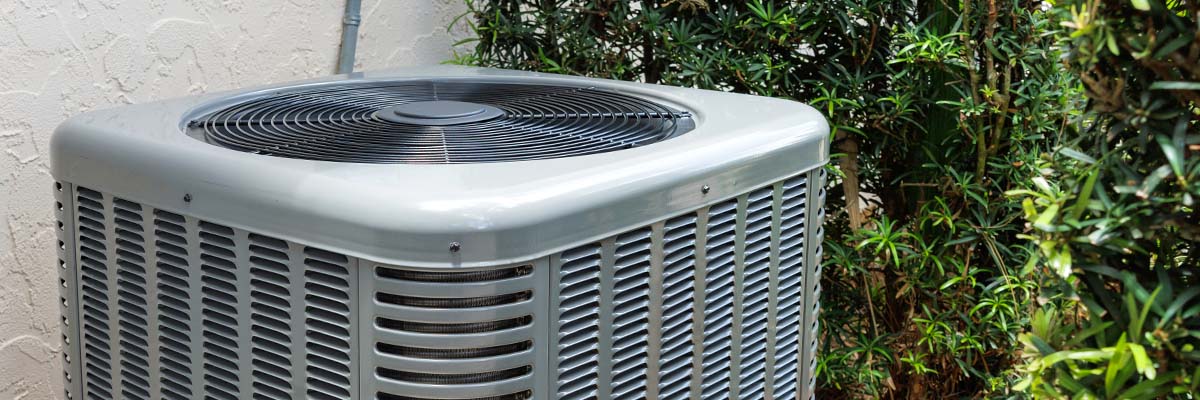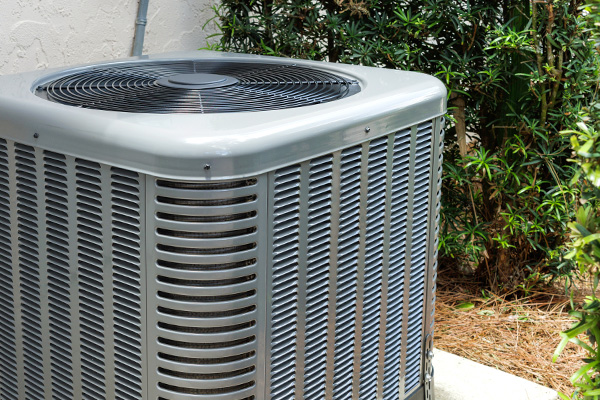

Air Conditioner Maintenance and Top Tips
In the summer heat, we all depend on that wonderful machine, the air conditioner, to cool the air in our homes and businesses to give us much-needed relief. There’s nothing like walking into a nice, cool room on a hot day. How does an air conditioner perform that wonderful magic? What do you need to do to ensure it keeps running smoothly? Let’s look at how an air conditioner works, and the steps you can take to maintain it.
How Does an Air Conditioner Work?
The basic premise of “conditioning air” is that the machine removes heat and humidity from your home, transfers it to the outside, and cools it, then blows the chilled air back inside your home until it reaches the temperature you set at the thermostat.
The process of how an air conditioning system works is a cycle.
- The condenser unit, which is located outside of your home, houses the compressor which acts like a pump that moves cold refrigerant inside your home through copper tubing into the evaporator coil.
- The furnace or air handler has a fan that blows the indoor air over these cold coils in the evaporator, which is located inside your home and is usually in the attic on top of/or next to your furnace. (It’s called a “split” system because the air conditioner is split between the inside and outside.)
- The cold refrigerant inside the copper coils absorbs the heat from the indoor air.
- The refrigerant then travels out of your home to the condenser where it flows into the compressor, which pressurizes it and increases the heat causing it to be hotter than the outside air. The heat in the refrigerant is therefore transferred to the outside air because the outside air is now cooler.
- The fan in the condenser unit outside your home blows this warm air out.
- The refrigerant then passes back through the outdoor coils in the condenser and cools back off. It is then pumped back into your home.
- The refrigerant then passes into a metering device, which depressurizes the refrigerant, causing it to cool back down. (Remember as pressure decreases, so does the temperature.)
- The cycle continues, as the cold air is pumped back into your home through ductwork that feeds into the vents in each room of your home.
What is the Difference Between an AC Unit and an HVAC?
There are two types of air conditioning units: window units and central AC. Window units are placed in the window of a room on a bracket, and cool only that room. Central air conditioners, however, regulate the temperature in your entire home, by either cooling air or heating your home in the winter in conjunction with a furnace.
What Size of Air Conditioner Do I Need?
The guideline is that you need 20 BTUs for every square foot of your home that needs to be cooled. Use this calculator to help determine the best size for your home.
Maintaining Your Air Conditioner
- Monthly replace or clean the air filters.
- Check your evaporator coil every year and clean it as necessary with a coil cleaner.
- Clean the outdoor condenser coils. Make sure there is at least a 2-foot clear space around your condenser free of brush and leaves.
- Clean the fins on the outside of the condenser to ensure proper airflow to the unit.
- Straighten the aluminum fins on the evaporator and condenser coils so the airflow is not blocked. Some AC repair shops sell "fin combs " which can realign the metal slats to allow for better airflow.
- Periodically run a wire through the drain channels to ensure proper drainage.
- If you have a window unit, the seal between the unit and the window should be checked for cracks or damage.
- In the winter, you can remove a window AC. You can cover outdoor units of a central air AC.
- When in doubt, hire a professional!
We have all the supplies you need for your air conditioner maintenance here at McCoy’s. We also have some window air conditioners if you need to stay even cooler. With a basic understanding of how your AC works, you can perform some monthly and yearly maintenance tasks to keep yourself and your family nice and cool all summer long!
